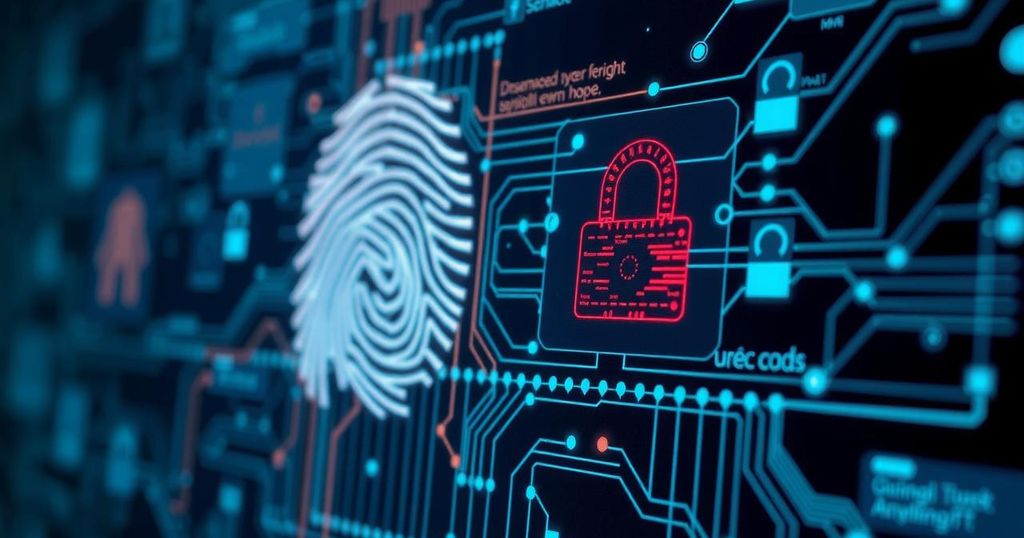Lisa MacDonald from the DHS explained that biometric identification establishes critical security standards essential for cyber protection. Biometric technologies are evolving within the DHS, transitioning to advanced systems to improve identity matching for extensive data management. This innovation shapes policies related to privacy and security, highlighting the need for a dynamic approach to modern threats and service delivery.
In an exclusive interview with GovCon Wire, Lisa MacDonald, the Director of Identity Capabilities Management at the Office of Biometric Identity Management (OBIM), elaborated on the pivotal role biometric identification plays in establishing minimum security standards essential for ensuring cybersecurity in today’s digital landscape. She emphasized that biometrics not only strengthen the security of business services and data but also enhance physical safety tied to individual identity. By utilizing biometric systems, like the Homeland Advanced Recognition Technology (HART), DHS aims to deter fraud and identify potential threats, thereby fortifying the integrity of the U.S. security framework. MacDonald noted that biometric capabilities within the Department of Homeland Security are expanding, leading to several operational touchpoints influenced by industry consultations for the upgrade and migration of legacy systems from IDENT to HART. This transition promises to streamline identity matching processes and improve data handling for over 262 million individuals, thus adapting to the increasing demands of modern security threats. Furthermore, she articulated that the advancing biometrics sector faces challenges and opportunities regarding policy, privacy, and technical innovation amidst a constantly evolving security landscape.
Biometric identification has emerged as a foundational component in cybersecurity strategy, ensuring that security protocols align with technological advancements while addressing potential threats. With the digital transformation of security systems, organizations like DHS have recognized the importance of incorporating intelligent identification technologies to safeguard sensitive data and personal identities. The evolution of biometric systems—from traditional identification methods to advanced recognition technologies—demonstrates a commitment to enhancing operational efficiency and security resilience.
In conclusion, Lisa MacDonald’s insights underline the critical importance of biometric identification as a cornerstone for modern cybersecurity. As the DHS enhances its biometric capabilities through systems like HART, the potential for improving security measures while addressing emerging challenges becomes increasingly significant. This forward-looking approach not only aims to protect individuals and businesses but also fortifies the broader U.S. security infrastructure.
Original Source: identityweek.net





